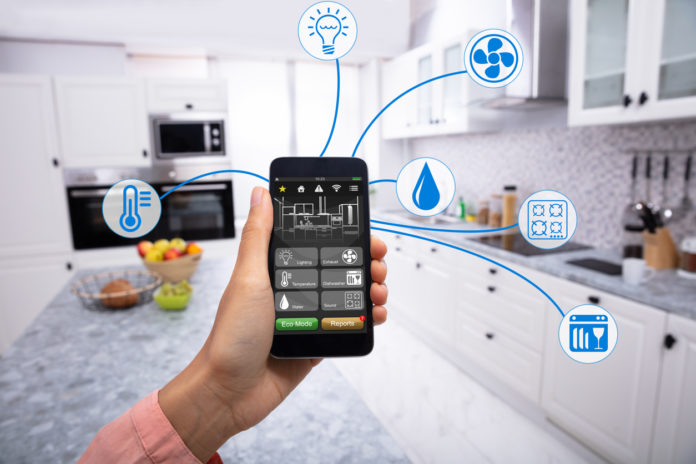With the climate change that the world is experiencing, it follows that the weather can truly be unpredictable. However, it can also be noted that with the advancements in modern technology, several web, and mobile applications are already available. These provide up-to-date information regarding weather conditions and forecasts. Nonetheless, a personal weather station may still prove to be of advantage.
Home Weather Stations
Home weather stations are considered personal weather stations. These can come in different varieties, some are wireless and some are wired. A typical weather station consists of thermometers, barometers, anemometers, sensor tubes, and wind speed gauges. Its main purpose is to measure the surrounding temperature and humidity at the very least. In details, the basic components of a home weather station are:
- Thermometer. This measures the surrounding temperature in either degrees Celsius or degrees Fahrenheit. Some are digital and some are analog, which typically use rising fluids to indicate the readings.
- Hygrometer. This device measures the surrounding humidity, which is the percentage of water vapor present in the air.
- Barometer. This measures the atmospheric pressure that indicates whether the weather will be sunny or cloudy. Typically, high pressure indicates clear skies while low pressure indicates the chances of rain.
- Anemometer. This device measures the speed of the wind in miles per hour, kilometers per hour, or even in knots. This is very important, especially in sailing.
- Wind Vane. Sometimes referred to as the weather vane, a wind vane indicates the direction of the wind.
- Rain Gauge. This measures the amount of rainfall that is very helpful in preparing for instances of flooding.
Different Types of Home Weather Stations
Several applications can be downloaded to gather information about the weather. However, there is equipment specifically designed to function as a home weather station. For a comparison of the best home weather stations visit WeatherStationAdvisor. You will be able to discover specific types of home weather stations that can provide more detailed updates. More and more smart types of home weather stations are also already being designed, thanks to technological advancements.
Robotics and artificial intelligence can also be utilized for weather reports. For instance, basically designed as a speaker, Google Home, and Amazon Alexa are powered by artificial intelligence that can answer queries pertaining to local weather conditions through voice commands. These are considered the smart home weather stations, which are becoming more and more popular. The other types of home weather stations are discussed below.
- Digital Home Weather Station. Apart from providing temperature and humidity readings, most digital home weather stations also display the time and date. More advanced devices also provide barometric pressure readings, wind speed, and direction, as well as rainfall data. These digital devices are normally wireless and composed of several sensors. However, there are also cabled versions that are relatively more difficult to install when compared to their wireless counterparts.
- Analog Home Weather Station. These are typically made of wood with dials that display the measurements and readings pertaining to the temperature and barometric pressure. Rising and falling fluid levels usually indicate a temperature or pressure reading. Although these are not very common nowadays, these devices are very interesting finds, with some already defeating their purpose and serving more as a home decoration.
Benefits of a Personal Weather Station
A personal weather station can be considered a necessity for people whose livelihood greatly depends on good weather. Below are some of the benefits of owning a personal weather station, especially for homeowners.
- Real-time information and alerts. With erratic weather that can change in an instant, a personal weather station can help in ensuring safety because family members are ready and prepared for any situation.
- Data availability and accuracy. If a homeowner has a personal weather station, information regarding the weather can easily be shared among family members. Data accuracy is also ensured because the weather update is gathered from the measurements within the radius of one’s home.
- Knowledge sharing. Sharing is caring, hence, with a personal weather station, a family can alert their neighbors in instances of storms or hurricanes. Thereby, helping the community prepare for unforeseen dangers because of severe and extreme weather conditions.
In conclusion, hyperlocal weather reports are readily available with a personal weather station. Owning a personal weather station poses several advantages, such as efficiently being able to plan how to go about their day and how to prepare for adverse weather conditions. With the vast number of home weather stations available in the market, one can never go wrong in choosing the most appropriate one fit for their lifestyle.










